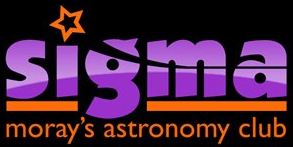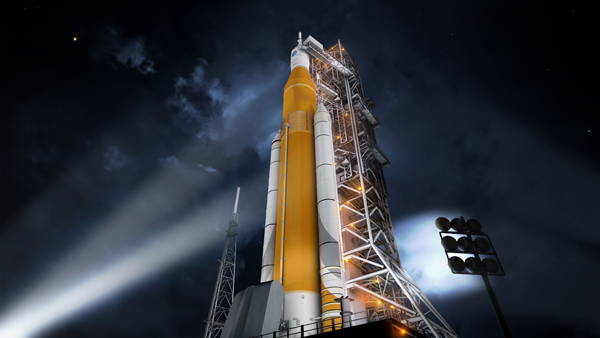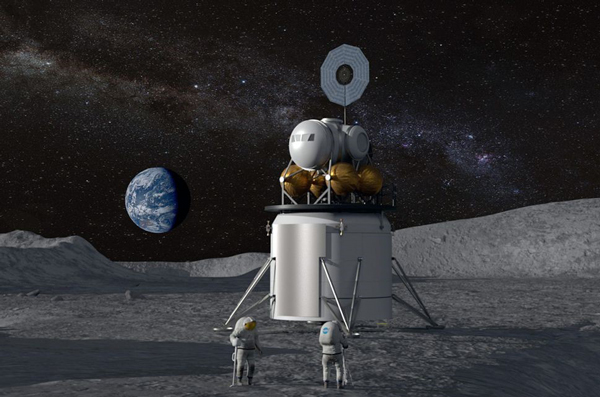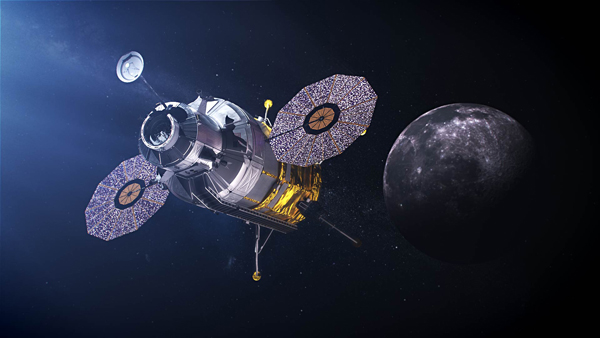Artemis Programme
The Artemis program is organized around a series of Space Launch System (SLS) missions, (up to eight in total). These space missions will increase in complexity and are scheduled to occur at intervals of a year or so. Each SLS mission consists of an SLS launch vehicle carrying an Orion spacecraft.
Image: Alex Wulff
SLS MISSIONS
Artemis I (2022) which has recently launched is an uncrewed test of the SLS and Orion, and is the first test flight for both craft. The goal of the Artemis I mission is to place Orion into a lunar orbit, and then return it to Earth. Orion will brake into a retrograde distant polar lunar orbit and remain for about six days before boosting back toward Earth.
Artemis II (2024) will be the first crewed test flight of SLS and the Orion spacecraft. Following tests Orion will be boosted into a free-return trajectory around the Moon, which will return Orion back to Earth for re-entry and splashdown.
Artemis III (2025) will be a crewed lunar landing. The mission depends on a support mission to place a Human Landing System (HLS) in place in a near-rectilinear halo orbit (NRHO) of the Moon prior to the launch of SLS/Orion. After HLS reaches NRHO, SLS/Orion will send the Orion spacecraft with a crew of four, to rendezvous and dock with HLS. Two astronauts will transfer to HLS, which will descend to the lunar surface and spend about 6.5 days on the surface. Launch is scheduled no earlier than 2025.[15]
Artemis IV (2027) is a crewed mission to the Lunar Gateway station in NRHO, using an SLS Block 1B. A prior support mission will deliver the first two gateway modules to NRHO. Launch is scheduled no earlier than 2027.
Artemis V to VIII are proposed to land astronauts on the lunar surface, where they will take advantage of increasing amounts of infrastructure that are to be landed by support missions.
SUPPORT MISSIONS
Support missions include robotic landers, delivery of Gateway modules, Gateway logistics, delivery of the HLS, and delivery of elements of the Moon base.
Under the Commercial Lunar Payload Services (CLPS) program, several robotic landers will deliver scientific instruments and robotic rovers to the lunar surface after Artemis I.
The Human Landing System (HLS) is a spacecraft that can convey crew members from NRHO to the lunar surface, support them on the surface, and return them to NRHO. Each crewed landing needs one HLS, although some or all of the spacecraft may be reusable. The initial commercial contract was awarded to SpaceX for two Starship HLS missions, one uncrewed and one crewed as part of Artemis 3. As of June 2022, NASA has also exercised an option under the initial contract to commission an upgraded Starship HLS design and third demonstration lunar mission under new sustainability rules it is drafting. It intends to pursue another HLS design from outside SpaceX in parallel, for redundancy and competition.
The first two gateway modules (PPE and HALO) will be delivered to NRHO in a single launch using a Falcon Heavy launcher. Originally planned to be available prior to Artemis III, as of 2021 it is planned for availability before Artemis IV.
The Gateway will be resupplied and supported by launches of Dragon XL spacecraft launched by Falcon Heavy. Each Dragon XL will remain attached to Gateway for up to six months. the Dragon XLs will not return to Earth, but will be disposed of, probably by deliberate crashes on the lunar surface.
Image: Planetary News
LAUNCH
Artemis 1 was originally scheduled for late 2021, but the launch date was pushed back to 16th November 2022. With engine sensor problems causing the initial delays, these were followed by a fuel supply line leak in a quick disconnect arm and weather delays owing to Hurricane Ian and further tropical storms.
Image: SEDS KCT
COMMERCIAL LUNAR PAYLOAD SERVICES
In March 2018, NASA established the Commercial Lunar Payload Services (CLPS) program with the aim of sending small robotic landers and rovers mostly to the lunar south pole region.The main goals include scouting of lunar resources, in situ resource utilization (ISRU) feasibility testing, and lunar science. NASA is awarding commercial providers indefinite delivery/indefinite quantity contracts to develop and fly lunar landers with scientific payloads.
In November 2018, NASA announced the first nine companies that were qualified to bid on the CLPS transportation service contracts.
The first twelve payloads and experiments from NASA centres were announced on 21 February 2019. On 1 July 2019, NASA announced the selection of twelve additional payloads, provided by universities and industry.
The Lunar Surface Instrument and Technology Payloads (LSITP) program was soliciting payloads in 2019 that do not require significant additional development.
In November 2019, NASA added five contractors to the group of companies who are eligible to bid to send large payloads to the surface of the moon under the CLPS program.
In April 2020, NASA selected Masten Space Systems for a follow-on CLPS delivery of cargo to the Moon in 2022.
VIPER
The VIPER (Volatiles Investigating Polar Exploration Rover) is a lunar rover by NASA planned to be delivered to the surface of the Moon in November 2024. The rover will be tasked with prospecting for lunar resources in permanently shadowed areas in the lunar south pole region.
The hardware for the rover is being designed by the Johnson Space Center, while the instruments are provided by Ames Research Center, Kennedy Space Center, and Honeybee Robotics.
The VIPER rover will operate near the lunar south pole at Nobile Crater. VIPER is planned to travel several kilometres, collecting data on different kinds of soil environments affected by light and temperature — those in complete darkness, occasional light, and in constant sunlight.



